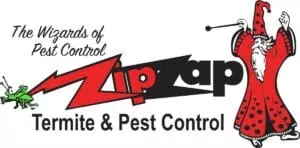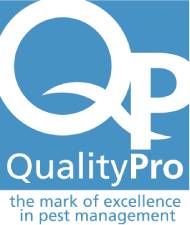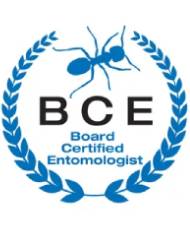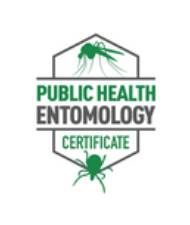TERMITES CAN ACTUALLY BE A PROBLEM IN THE FALL AS WELL…
Do not be confused, and feel free to look for termites once the weather cools down and fall begins. The more common subterranean termites tend to swarm through the springtime, indicating that destruction may be imminent. Drywood Termites are active in the fall while nesting and eating away at anything in their path.
Zip Zap Termite & Pest Control offers tips on what to look for and how to avoid a Drywood Termite infestation.
Identifying the Termite – Although the Drywood Termite is winged like the more common subterranean termites, it is a slightly smaller termite and pale brown in color. Drywood Termites tend to swarm in the late morning during 2 different seasons; Fall and Summer. Another unique character is that the destruction comes from the termites that have not hit adulthood yet. Their colony can reach up to 2,500 members that easily move while looking for a nice place to stop nesting and feeding. Drywood Termites prefer wood or furniture that is already infested.
Preventing Drywood Termites – There are many ways to avoid falling victim and preventing these swarms from stopping by your home. A common way for the termites to gain access to your home is through firewood. When bringing the wood in from another location, make sure you stack the wood away from your home. Allow the wood to sit for several days to make sure they clear out before bringing the wood into your home. Another easy method for prevention is to seal up your home. Make a trip to your local home improvement store and purchase some caulking. Seal the small cracks and crevices around your home so the pests can’t get in. You can also walk around your home and do regular inspections. If you are not sure what you are looking for, then have your pest control technician inspect when they come for your regularly scheduled pest control appointment. You can also call us today to schedule your termite inspection! 816-407-PEST (7378)



